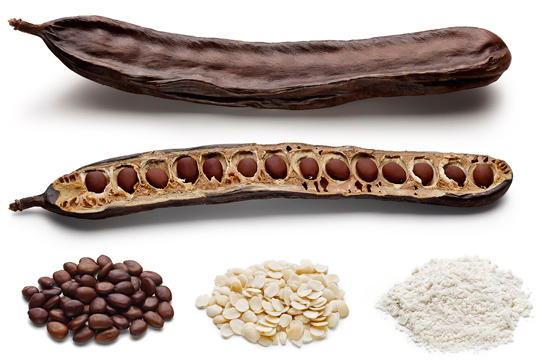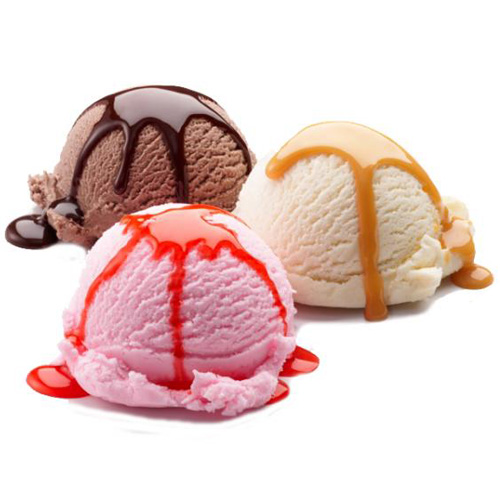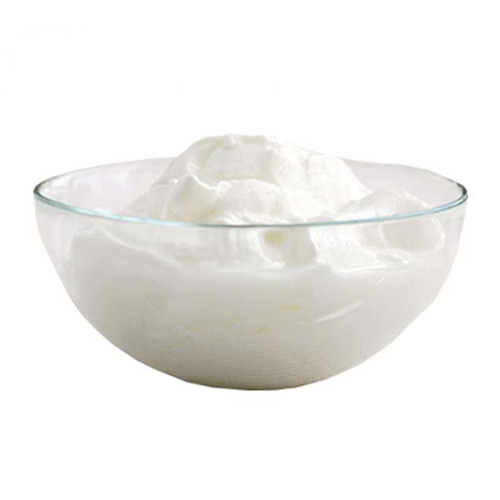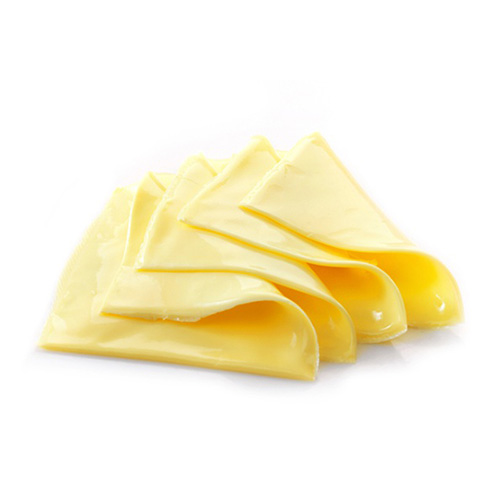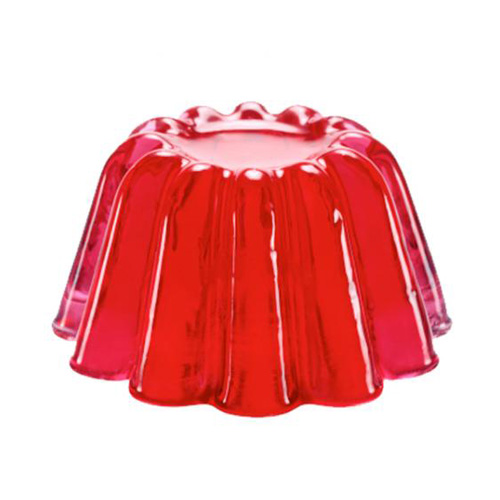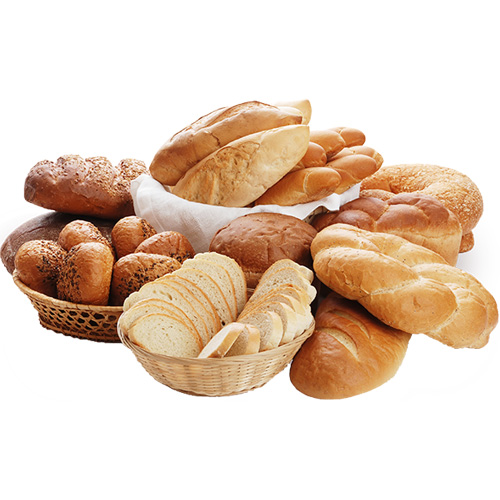Food supplement E410
Carob locust E410 is widely used as a thickener due to the fact that it is not affected by acids, salts and heating (as on guaran). When mixed with xan gang, carrageenan, gellan, agar or alginate, the gelling power of the gum increases noticeably.
Physicochemical characteristicsCarob of locust beans E410, carob bean gum, algoroba ceratonia siliqua extract; locust tree extract, carob bean extract; German: Johannisbrotk-ernmehl, Karobengummi, Carobin; French: farine de caroube, gomme de caroube.
Synonyms
The quality is determined by the content of galactomannan and the viscosity of the solution, and in addition, by the presence of by-products and coloring; Dispersible in cold or hot water, the resulting sol has a pH of 5.4 - 7.0 and can turn into a gel with the addition of a small amount of sodium borate.
Metabolism and toxicityP-(1,4)-bonds do not cleave in the gastrointestinal tract (as in cellulose). Enzymes that cleave a-(1,6)-bonds are also absent in the body; cleavage of the intestinal microflora is not proven. The nutritional effect of the carob tree does not depend on the share of the endosperm. The germ of shoots is sometimes called an allergen.
Main areas of use: processed cheese (4-6 g / kg); ice cream and dairy products (5-10 g / kg); fruit and vegetable canned food (3-10 g / kg); can be added to the dough to preserve the freshness of bakery products in an amount of 1-5 g / kg.
Other applications: as an additive to gellants for thixotropic paints, cosmetics, etc.

